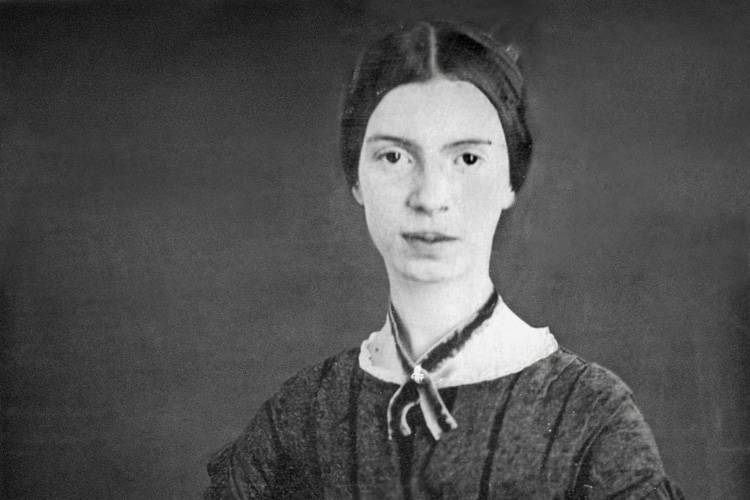Emily Dickinson

Wikimedia Commons
For the children of Amherst, Massachusetts, seeing a basket of baked goods lowered from a high window of the Dickinson homestead was not uncommon. It was the early 1880s, and Emily Dickinson had not left the house in roughly two decades.
The prolific poet, who saw less than a dozen of her nearly 1,800 poems published in her lifetime, was a textbook recluse. Her only social outlet was writing letters to her friends and acquaintances.
Perhaps it was because she lived to see so many of these friends die that she withdrew in despair. If that didn’t do it, then the deaths of both her parents and her beloved nephew did. She even listened to her father’s humble homestead funeral from her bedroom.
Through all of this, part of her still yearned to connect with humanity. She kept writing letters and baking for strangers.
Then, in what was an eerie premonition, in the summer of 1884, she wrote of “a great darkness coming.” She fell ill and fainted while baking in her kitchen. Months of being bedridden gave her time to write more letters, the last being to her cousins. It simply read, “Little Cousins, Called Back. Emily”. She died a few days later, on May 15, 1886.
Her sister, instructed by Dickinson to burn all her papers, found 40 notebooks’ worth of poetry. She personally saw them published to honor her sister — although, had she survived, Dickinson might have been mortified to know that her work went public and has remained in print ever since.





